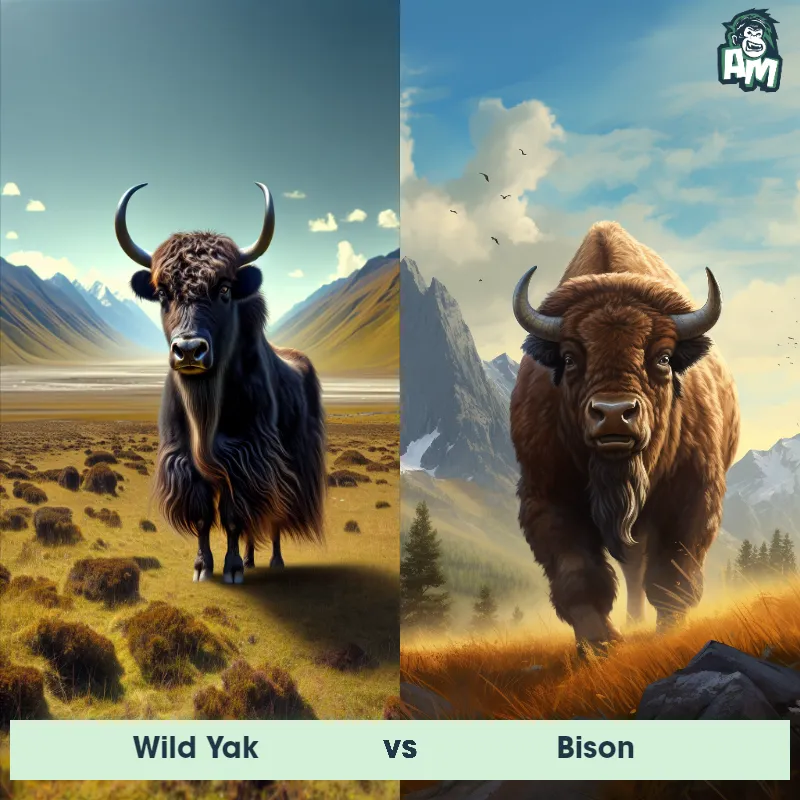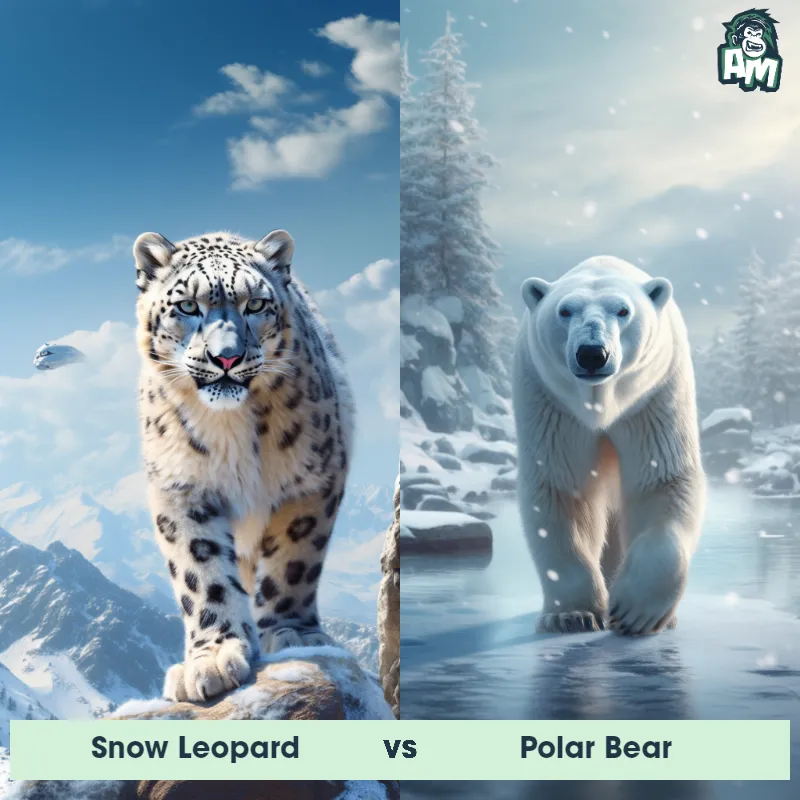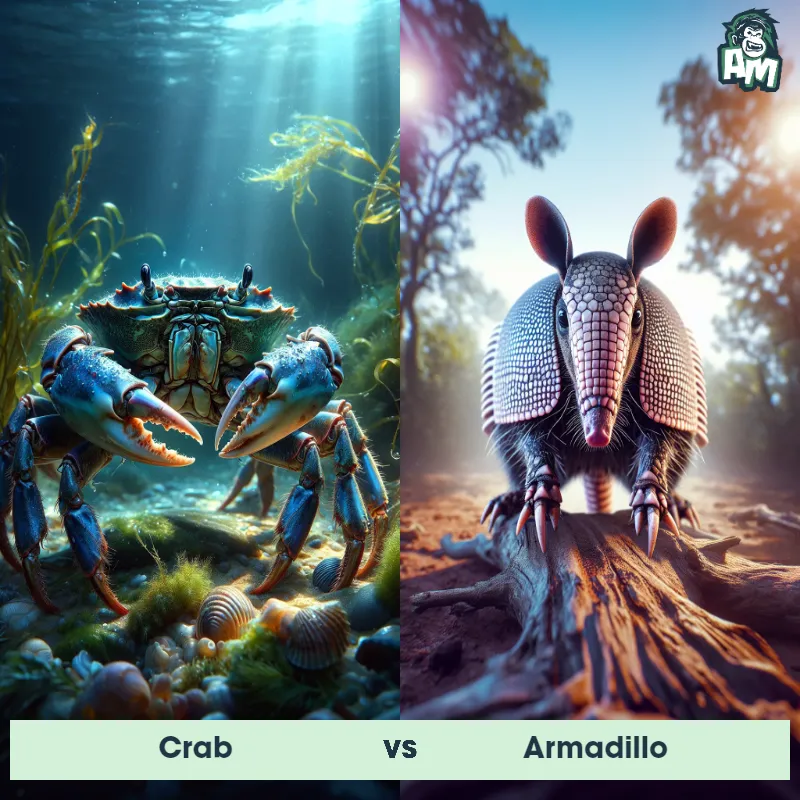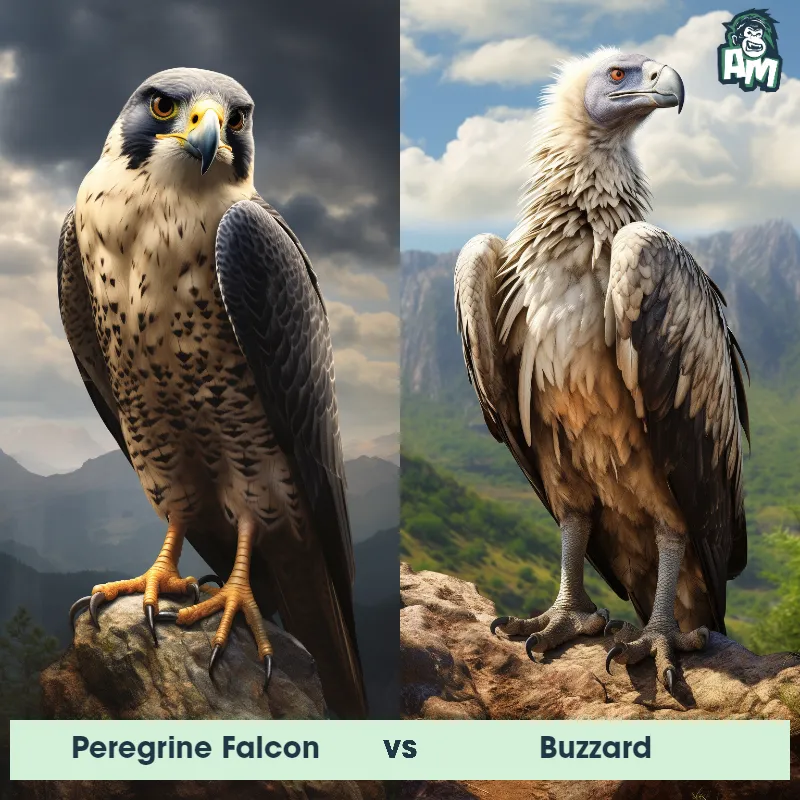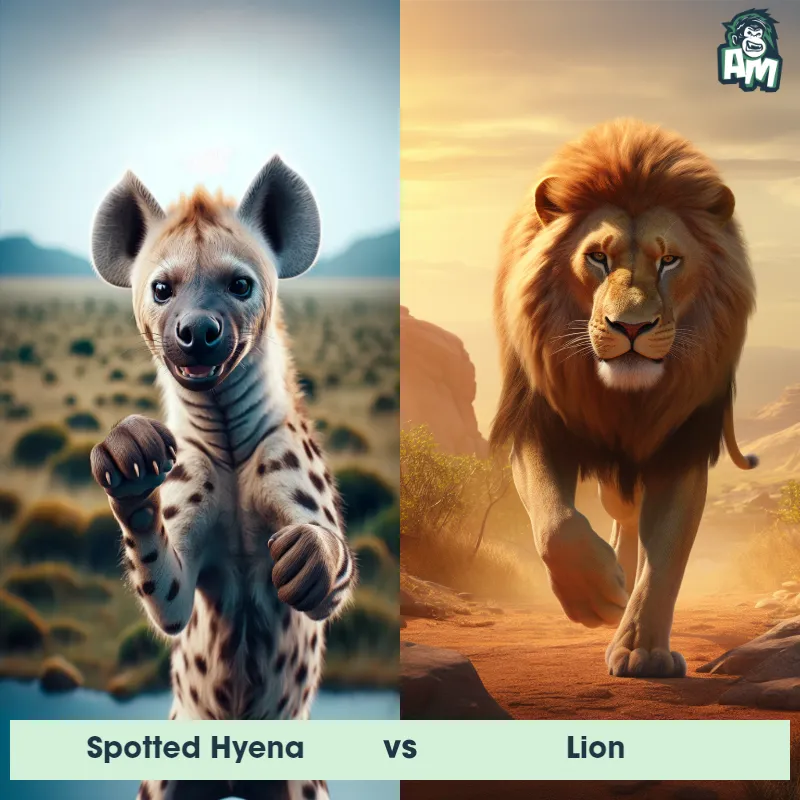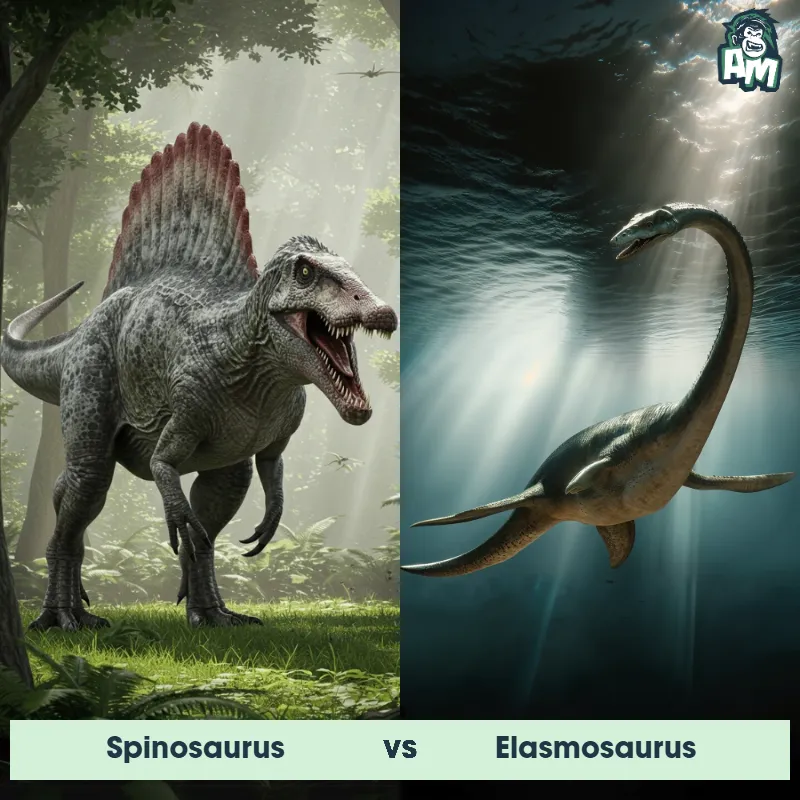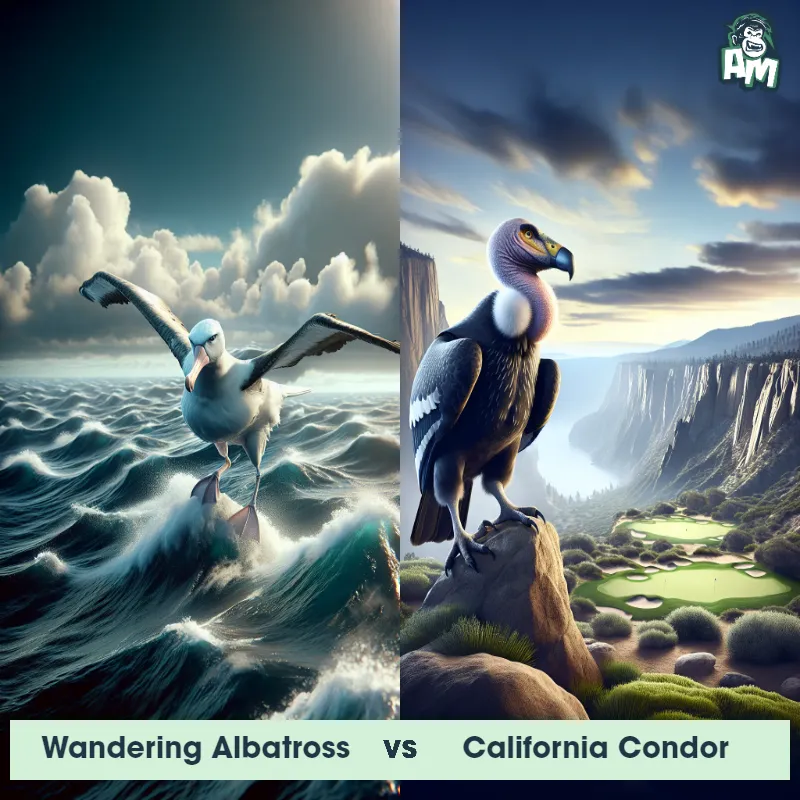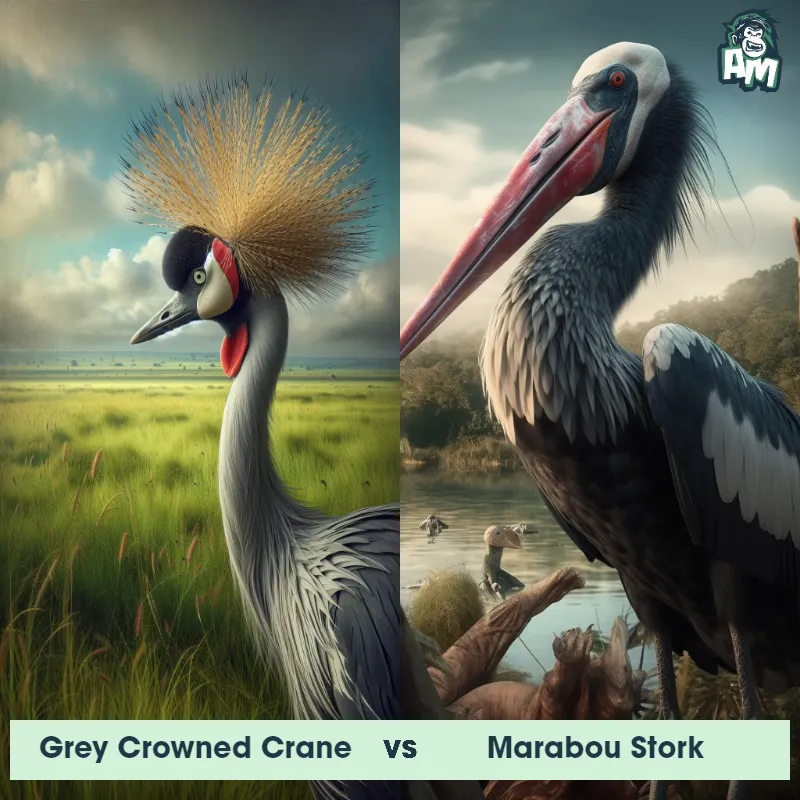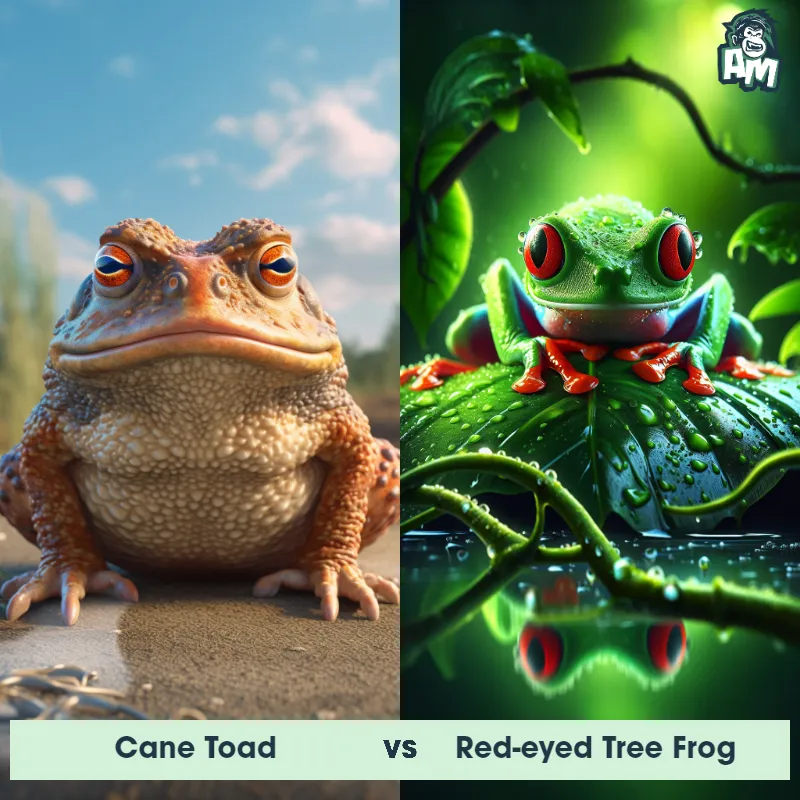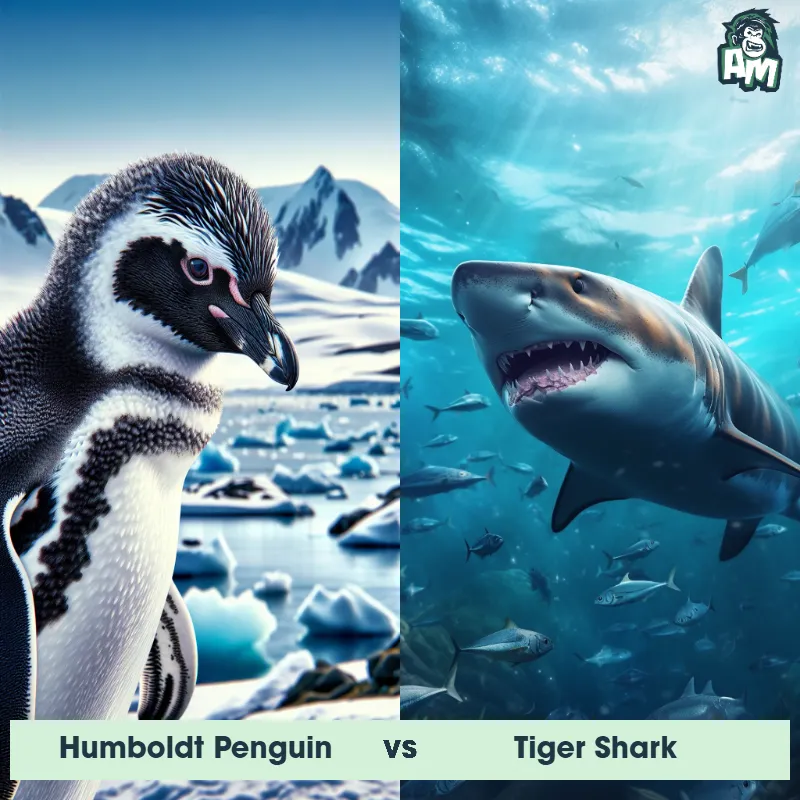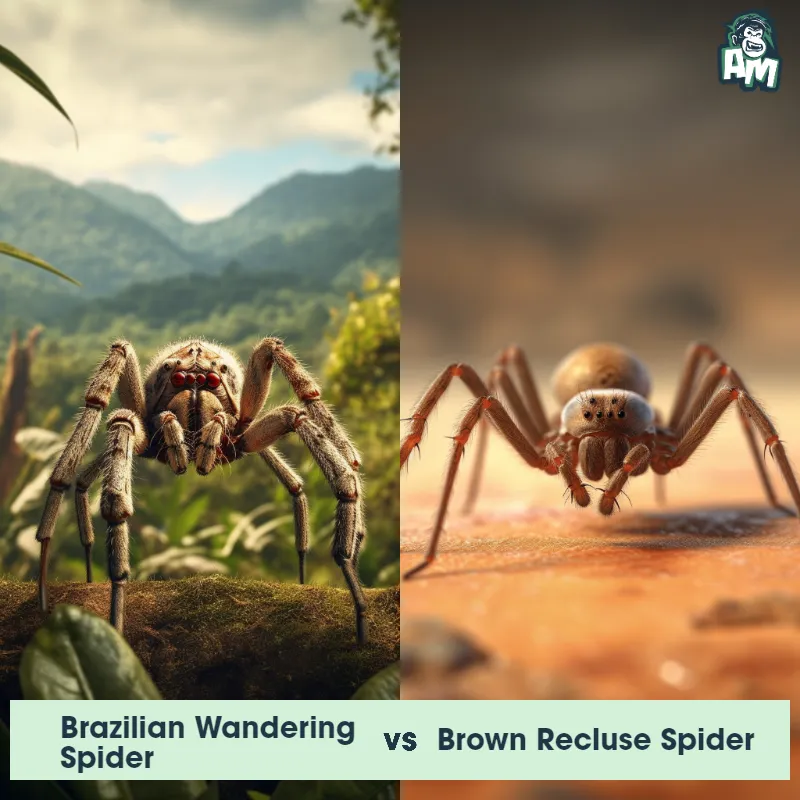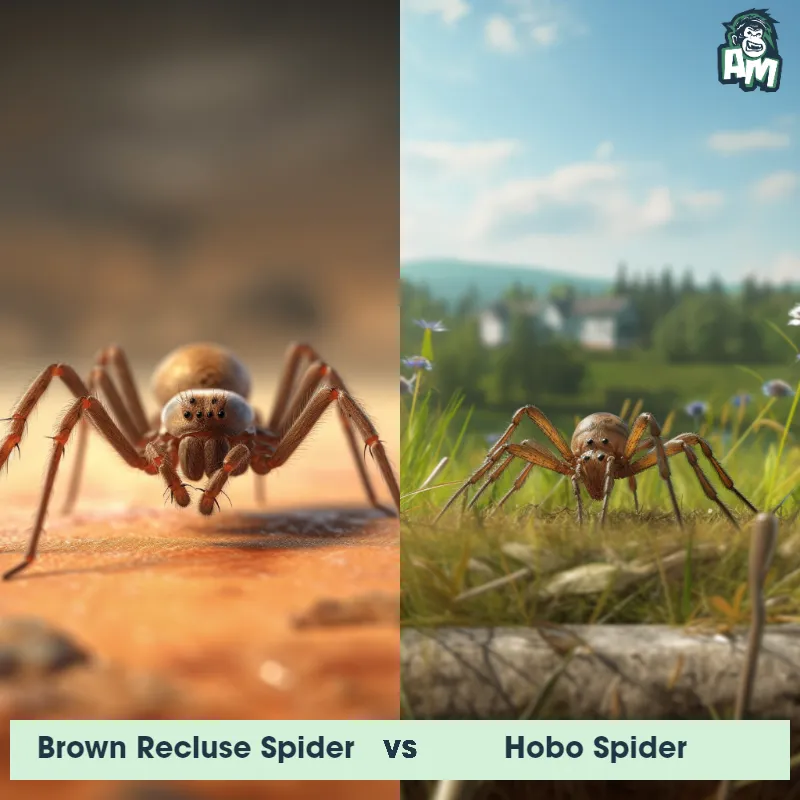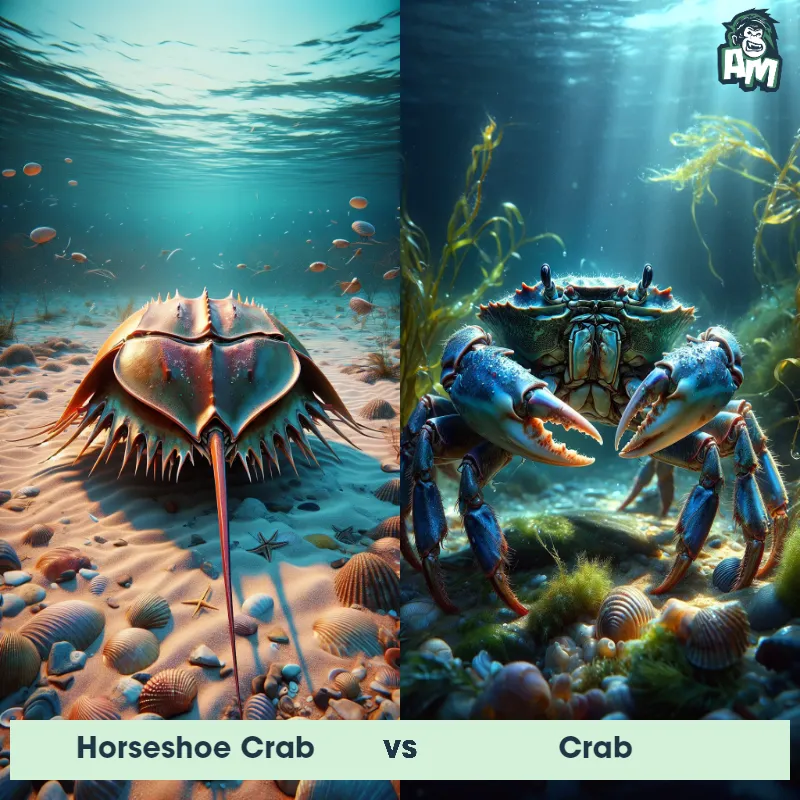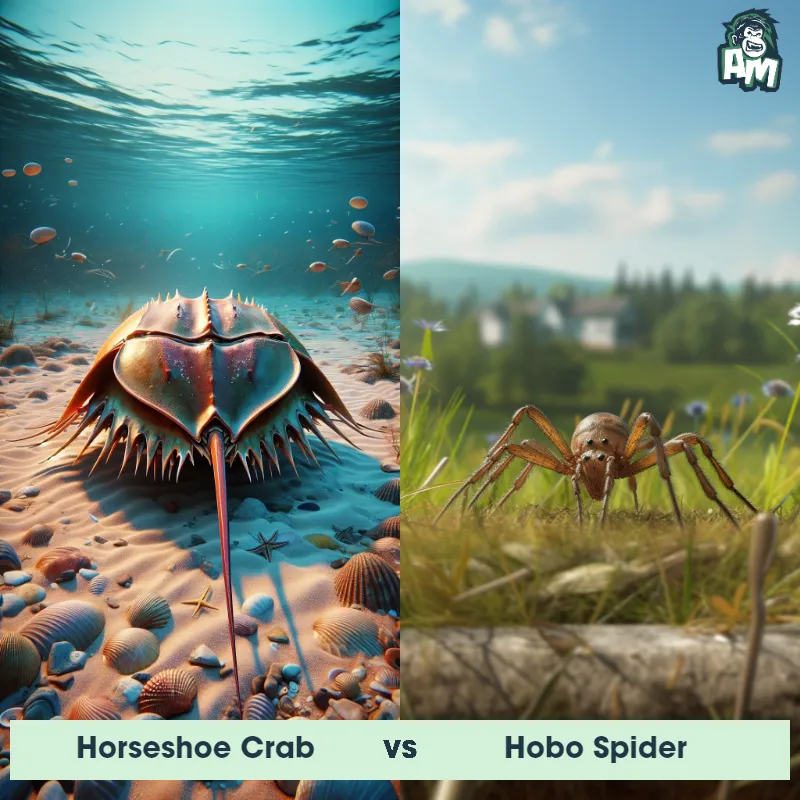Horseshoe Crab vs Brown Recluse SpiderSee Who Wins

Welcome to today's matchup between the Horseshoe Crab and the Brown Recluse Spider! These two formidable creatures are ready to go head to head in a three round fight. Round 1:
Contender 1: Horseshoe Crab
The Horseshoe Crab, scientifically known as Limulus polyphemus, is a unique marine creature found in coastal areas of the Atlantic Ocean. Despite its name, it is actually not a crab but belongs to a separate ancient lineage. Recognizable for its hard exoskeleton and horseshoe-shaped carapace, the Horseshoe Crab possesses an arthropod body structure with 10 legs, two large compound eyes, and a long, spiky tail. Its blood contains copper-based blue pigment, giving it a distinct blue color. Horseshoe Crabs mainly feed on mollusks, worms, and small crustaceans, using their long and sharp chelicerae to crush their prey.
Fun Fact: A fascinating fact about Horseshoe Crabs is that they are considered living fossils, with a lineage that can be traced back over 450 million years, making them older than dinosaurs!
Contender 2: Brown Recluse Spider
The Brown Recluse Spider, also known as the violin spider, is a venomous spider found in the United States. They are typically brown in color and have a distinctive violin-shaped marking on their back. Brown Recluse Spiders are known for their reclusive behavior and tend to hide in dark, quiet places such as closets, attics, and basements. Their venom can cause necrosis, or tissue death, in humans and can be potentially fatal if left untreated.
Fun Fact: Brown Recluse Spiders are able to survive for up to six months without food or water, making them incredibly resilient creatures.
Matchup Stats
| Horseshoe Crab | Brown Recluse Spider | |
|---|---|---|
| Size | 14-24 inches (35-61 centimeters) in length | 0.25-0.75 inches (0.6-1.9 cm) |
| Weight | 2-4 pounds (0.9-1.8 kilograms) | 0.0003-0.0005 ounces (0.008-0.014 grams) |
| Speed | 1 mph (1.6 km/h) | Speed: 0.62 mph (1 km/hr) |
| Key Strength | Exoskeleton provides protection and defense | Venomous bite |
| Biggest Weakness | Slow movement and limited mobility | Reclusive behavior |
Current Votes
Horseshoe Crab vs Brown Recluse Spider
See Who Wins
View More Matches
Looking For More?
Similar Matches
Scientific Stats
| Horseshoe Crab | Brown Recluse Spider | |
|---|---|---|
| Scientific Name | Limulus polyphemus | Loxosceles reclusa |
| Family | Limulidae | Sicariidae |
| Habitat | Coastal areas of the Atlantic Ocean | Dark, quiet places such as closets, attics, and basements |
| Geography | Found in North America, primarily in the eastern coasts | United States |
| Diet | Mollusks, worms, and small crustaceans | Insects such as cockroaches and crickets |
| Lifespan | 17 years - 20 years | 1 year - 2 years |
Key Differences between Horseshoe Crab and Brown Recluse Spider
- Habitat: Horseshoe Crabs are primarily found in marine environments, living in shallow waters along the coastline, while Brown Recluse Spiders prefer dry, dark areas such as closets, basements, and woodpiles.
- Legs: Horseshoe Crabs have long, spindly legs with claw-like structures at the end, whereas Brown Recluse Spiders have shorter legs covered in fine hairs.
- Behavior: Horseshoe Crabs are mostly passive animals that feed on mollusks and other small marine creatures, while Brown Recluse Spiders are venomous and will bite if threatened, causing a painful necrotic wound.
- Size: The Horseshoe Crab is typically much larger than the Brown Recluse Spider, with an average adult size of around 24 inches compared to the spider's 0.5 to 1 inch size.
- Body Shape: The Horseshoe Crab has a rounded, horseshoe-shaped body with a hard exoskeleton, while the Brown Recluse Spider has a compact, oval-shaped body covered in fine hairs.
- Color: Horseshoe Crabs are characterized by a dull greenish-brown color, while Brown Recluse Spiders have a light to dark brown color with a distinct violin-shaped marking on their back.



